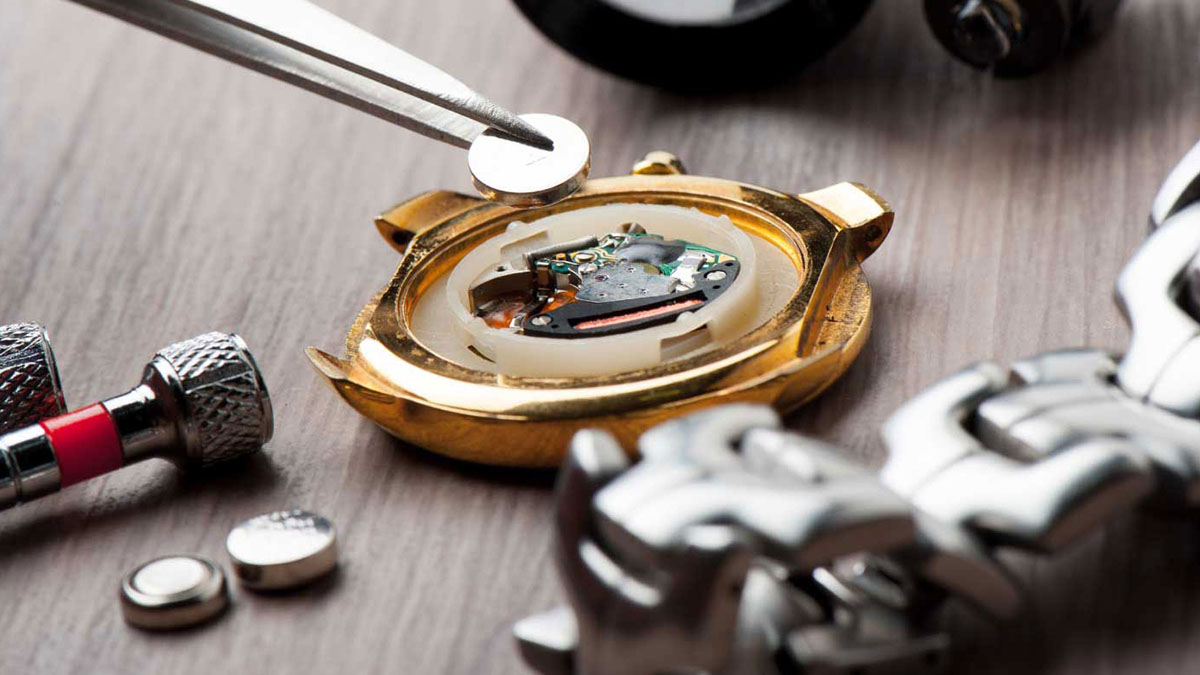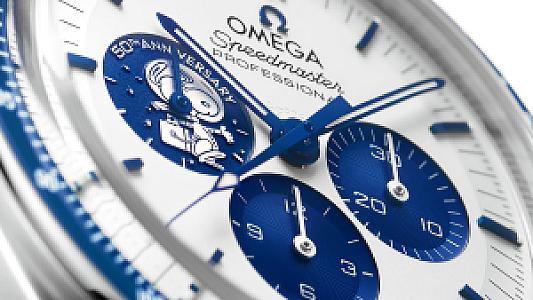We look at the rare complications that entered our lives before the quartz crisis that upset the balance of the watch world and then were quietly removed to the dusty shelves of history.
Everything was a cloud of dust… No, I'm not going to start that far back. Mechanical watches are wound by wrapping a flat wire around a pole. This spring-formed structure tends to open continuously. If you can control this opening, you will convert the potential energy required for the watch to work into kinetic energy. Battery-powered watches, on the other hand, take energy from a battery instead of the coil spring mentioned earlier.
You know the part up to here. However, battery-powered watches should not be confused with quartz watches, because battery technology was introduced long before quartz crystal was introduced into watches. A motor and gear assembly were needed to rotate the traditional hour, minute, and second hands. The problem was that the engine's rotational speed was constantly accelerating or decelerating as it was dependent on many variables. However, a watch had to run at the same speed all the time. Just like mechanical watches, a balance spring was used for this braking, or more accurately, regulation task. The energy came from the battery, and the balance spring oscillated back and forth, regulating the torque transmitted by the motor to the wheels. Of course, the balance spring wasn't a "precise enough" regulation system either. Moreover, additional costs and labor still could not be avoided.
At this point, the revolutionary innovation of quartz technology emerged. The battery and motor remained intact. The regulation system, on the other hand, was replaced by a very simple circuit with a quartz crystal inside. When the quartz crystal was electrocuted, it vibrated 32.768 times per second. The watch itself understood how long a second should be by counting these vibrations. Each time the circuit counting the vibration of the crystal completed 32.768 oscillations, it sent a signal to the stepping motor inside the clock. Tick, tock, tick, tock, it's that simple. You already know the rest of the story.
When mechanical watches started to have hard times, life suddenly got easier. Seconds, minutes, hours, and much more that needed to be counted in the daily rush were now entrusted to the reliable electronic circuits of quartz crystal watches. So why choose the harder way when it is possible to solve a problem more simply?
Forgotten Complications
Gruen Airflight offered a simple but effective solution to change the 12-hour dial to 24-hour. The numbers from 1 to 24 were arranged on the disc at the bottom of the dial. From 0 pm to 12 pm, the disc was in the first position, and from 13 pm to 24 pm, the disc was slipping into the second position. In this way, two different dial arrangements were obtained for the before and after noon. Isn't it genius?
İmage by: Worth Point
The Favre-Leuba Bivouac was the world's first aneroid mechanical wristwatch with an air-operated barometer. The watch, produced in 1962, was a companion to Paul-Emile Victor during his Antarctic exploration.
Or what about the bimetallic thermometer mechanical watches from the French manufacturer LIP?
One of the most interesting watches to me is by Jaeger-LeCoultre. Memovox Parking model shows you the time elapsed after parking your vehicle. So you don't have to pay for parking tickets. I think in those years, finding a parking space for vehicles was a great luxury although the number of vehicles is extremely low compared to today.
Again, a French manufacturer YEMA and Yachtingraf Regate model “vintage” watches as if explaining why they are so popular. Although we don't come across countdown chronographs with disc displays anymore, I'm sure this type of watch was on the minds or wrists of many sailing and racing enthusiasts in the 60s.











